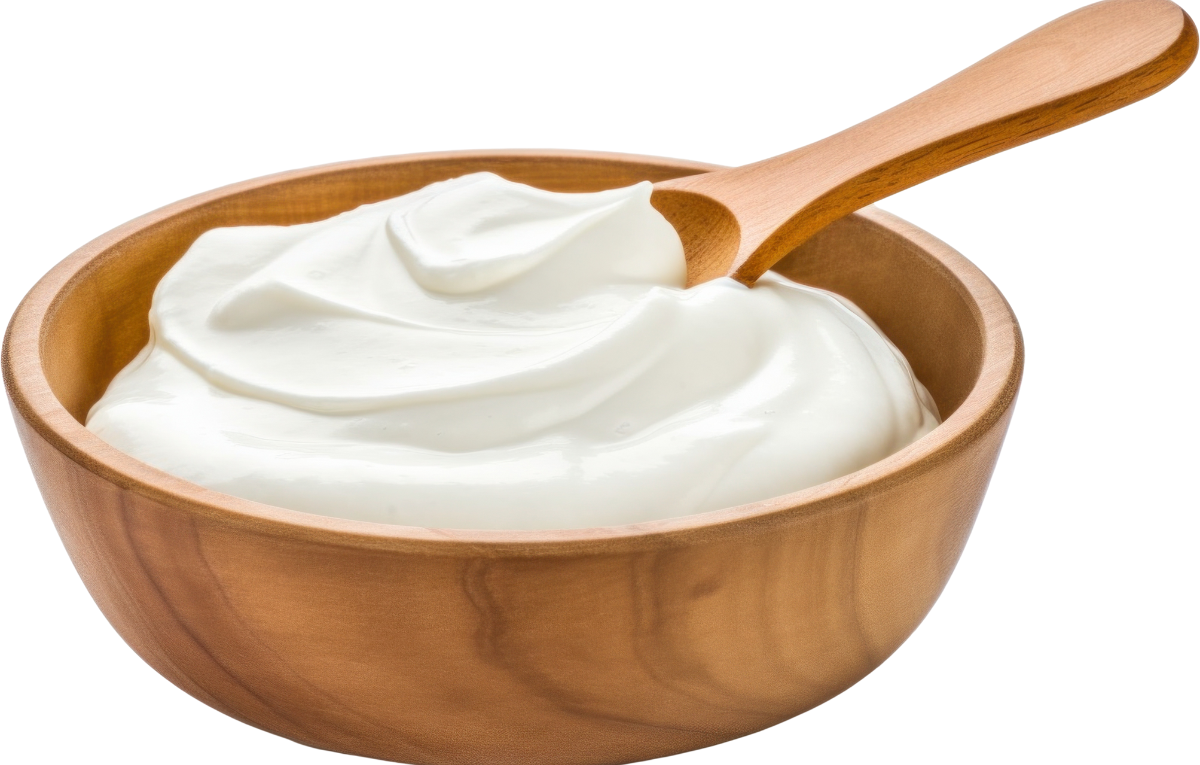If you’re looking for healthy food swaps that actually work—without compromising on taste—this guide is for you. Simple ingredient swaps can instantly cut calories, add nutrients, and breathe new life into favorite recipes. Below, you’ll find 11 transformative cooking swaps backed by nutrition science and expert insight, each designed to help you eat smarter, feel fuller, and boost long-term wellness.
Why Healthy Food Swaps Matter
Before diving into the swaps, let’s explore why these small changes are so powerful:
- Hidden Calories Are Everywhere
- A tablespoon of mayonnaise packs roughly 180 calories and 20 g of fat, whereas healthier alternatives average just 60–80 calories.
- Eliminating even 100 extra calories per meal can lead to a 1 kg weight reduction over four weeks—without hunger pangs.
- Nutrient Density Drives Satiety
- Foods rich in fiber, protein, and healthy fats keep you full longer and stabilize blood sugar.
- Choosing nutrient-dense swaps supports energy levels, brain function, and gut health.
- Flavor Doesn’t Suffer
- With the right herbs, spices, and cooking techniques, nutrient-packed ingredients can rival—or beat—the originals in taste.
- In our Meal Prep Hacks article, you’ll see how smart seasonings elevate healthier bases.
1. Swap Mayo → Mashed Avocado or Hummus
Lower Calories & Boost Healthy Fats
- Calorie Comparison: 2 Tbsp mayo = ~180 cal; 2 Tbsp mashed avocado = ~70 cal; 2 Tbsp hummus = ~50 cal (USDA)^[1].
- Nutrition Perks: Avocado delivers potassium and monounsaturated fats; hummus adds plant protein and fiber.
How to Use
- Sandwich Spread: Use a thin layer of mashed avocado or hummus for creamy texture.
- Dip & Dressing: Blend hummus with lemon juice, garlic, and water for a tangy salad dressing.
External Link: Learn more about heart-healthy fats at the American Heart Association.
2. Swap Sour Cream → Plain Greek Yogurt
Supercharge Protein & Probiotics

- Macro Swap: 2 Tbsp sour cream = 5 g fat, 1 g protein; 2 Tbsp Greek yogurt = 2 g fat, 6 g protein (Body Network)^[2].
- Gut Health: Live cultures in yogurt support a balanced microbiome.
How to Use
- Toppings: Dollop on baked potatoes, soups, or tacos.
- Baking: Replace cup-for-cup in muffins or quick breads—reduce oven temp by 10 °C to prevent browning.
Internal Link: For more on boosting gut health, see our Gut-Friendly Recipes.
3. Swap White Rice → Cauliflower Rice
Cut Carbs & Amp Up Fiber
- Carb Comparison: 1 cup cooked white rice = 45 g carbs; 1 cup cauliflower rice = 5 g carbs (Cleveland Clinic)^[3].
- Vitamin Boost: Cauliflower provides vitamin C, K, and folate.
How to Use
- Stir-Fry Base: Sauté with garlic, ginger, and scallions.
- Side Dish: Toss with fresh herbs and lemon zest for a bright finish.
External Link: Read more about low-carb swaps at Healthline.
4. Swap Ice Cubes → Frozen Cauliflower in Smoothies
Creamy Texture & Stealth Nutrition
- Flavor Preservation: Cauliflower doesn’t water down taste like ice can.
- Nutrient Bonus: Adds fiber, vitamin C, and antioxidants without changing flavor.
How to Use
- Ratio: Replace up to 50% of ice with frozen cauliflower florets.
- Pairings: Works best with berry blends, chocolate smoothies, or green mixes.
5. Swap granulated sugar for unsweetened applesauce
Reduce Sugar & Retain Moisture
- Sugar Reduction: Swap up to half the sugar in recipes for applesauce to lower added sugars by 50% and cut calories by ~100 per cup (Eat This!)^[4].
- Baking Benefits: Maintains moisture and tenderness in cakes, muffins, and brownies.
How to Use
- 1:1 Ratio: Substitute applesauce for sugar, then decrease other liquids by ¼ cup per cup of applesauce.
- Flavor Kick: Add cinnamon or vanilla extract to enhance sweetness.
6. Swap Regular Pasta → Whole-Grain Pasta
Fiber-Rich & Blood Sugar Friendly
- Nutrition Facts: Whole-grain pasta delivers 6–7 g fiber per serving vs. 2–3 g in refined pasta (Mass General Brigham)^[5].
- Glycemic Control: Slower digestion prevents blood-sugar spikes.
How to Use
- Cooking Tip: Undercook by one minute for “al dente” texture.
- Sauce Match: Hearty sauces—like roasted vegetable ragout—cling especially well.
External Link: See glycemic index data at the American Diabetes Association.
7. Swap Spaghetti → Zucchini Noodles (“Zoodles”)
Low-Calorie, High-Water Veggie Noodles
- Calorie & Carb Count: Zoodles = 30 cal & 5 g carbs per cup; spaghetti = 200 cal & 45 g carbs (Eat This! Not That)^[6].
- Hydration & Micronutrients: Zucchini is 95% water and provides vitamin C and manganese.
How to Use
- Preparation: Spiralize and lightly sauté 2–3 minutes.
- Sauce Ideas: Pesto, tomato-garlic, or coconut curry work beautifully.
8. Swap Heavy Cream → Evaporated Fat-Free Milk
Creaminess Without the Guilt
- Fat Comparison: ¼ cup heavy cream = 10 g fat; ¼ cup evaporated milk = 0 g fat (American Heart Association)^[7].
- Texture Tip: Warm gently; whisk to recreate a silky mouthfeel.
How to Use
- Soups & Sauces: Ideal for chowders, alfredo, or béchamel.
- Beverages: Stir into coffee or hot cocoa for richness.
9. Swap Cheese → Nutritional Yeast
Umami Boost With B-Vitamin Punch
- Flavor Profile: Cheesy, nutty taste without the saturated fat or lactose.
- Nutrition: Rich in B-vitamins and 8 g protein per 2 Tbsp.
How to Use
- Sprinkle On: Popcorn, roasted veggies, pasta, or salads.
- Dairy-Free Sauce: Blend with cashews, water, garlic, and mustard for vegan “cheese.”
10. Swap Breadcrumbs → Almond Meal
Gluten-Free Crunch & Protein Power
- Nutrient Swap: Almond meal offers 6 g protein and 3 g fiber per ¼ cup vs. 1 g protein in breadcrumbs (Cleveland Clinic)^[8].
- Satiety Factor: Healthy fats and protein keep hunger at bay.
How to Use
- Coating: Dredge chicken or fish in egg wash, then almond meal seasoned with herbs.
- Binder: Use in meatballs or veggie patties for moisture and structure.
🚨Explore : 7 Surprising Aluminum Bakeware Symptoms and How to Stop Them
11. Swap Butter → Non-Stick Cooking Spray
Cut Fat Without Losing Flavor
- Calorie Cut: A quick spray adds <5 calories vs. 35 calories per tsp of butter.
- Flavor Finish: For buttery notes, finish with a light pat of grass-fed butter on top.
How to Use
- Pan Prep: Spritz pans, baking sheets, or muffin tins before cooking.
- Grilling: Coat proteins and vegetables to prevent sticking and charring.
Putting It All Together
- Pick Three Swaps to Start: Focus on the swaps that align best with your favorite meals.
- Monitor Your Progress: Track energy levels, cravings, and any weight changes over two weeks.
- Get Creative: Combine swaps (e.g., zoodles with avocado-hummus sauce) for maximum impact.
- Share Your Journey: Post your healthy creations with #SwapToThrive on Instagram or Facebook.
Frequently Asked Questions (FAQs)
Q: Will these swaps alter the taste of my recipes?
A: Minimal flavor changes occur—smart seasoning with herbs, spices, or acids (lemon juice/vinegar) will ensure vibrant taste.
Q: Are these swaps suitable for special diets?
A: Yes—most swaps work for vegetarian, vegan, gluten-free, and dairy-free meal plans. Always check labels for allergens.
Q: How fast will I see results?
A: While individual experiences vary, many people notice improvements in digestion, energy, and weight within 2–4 weeks of consistent swapping.






